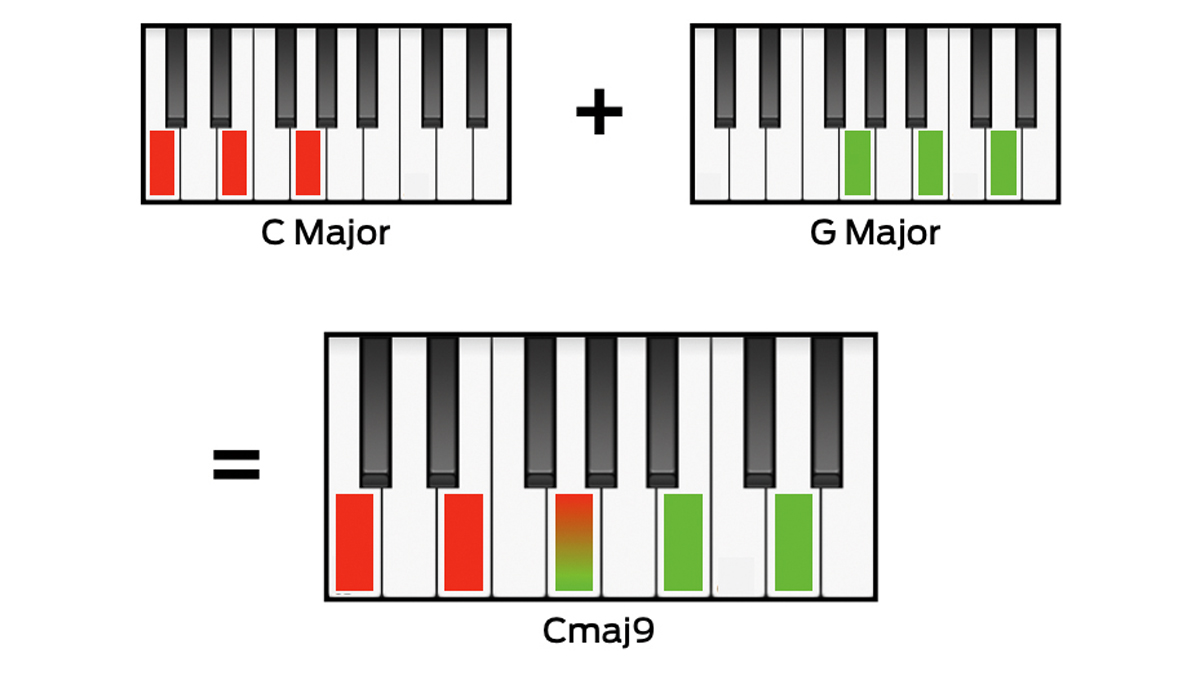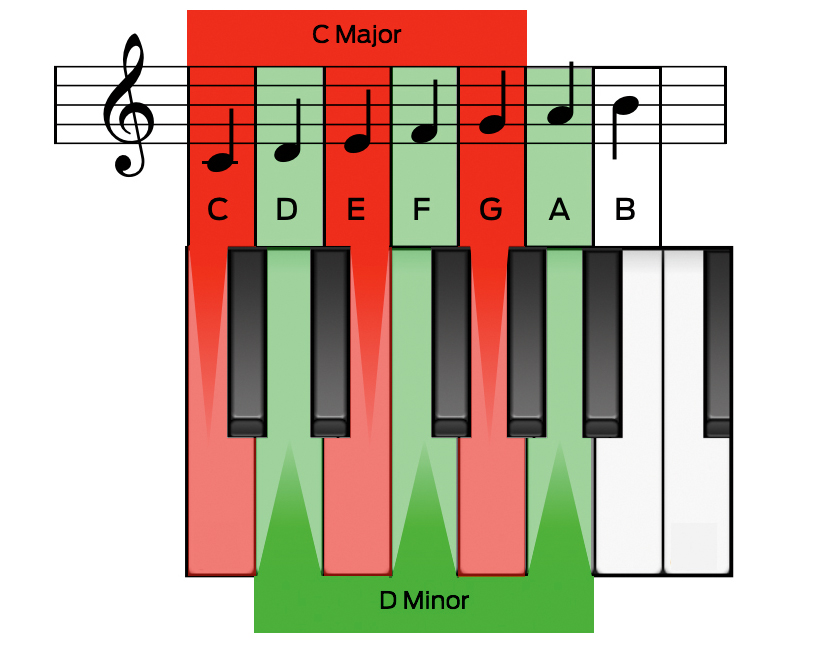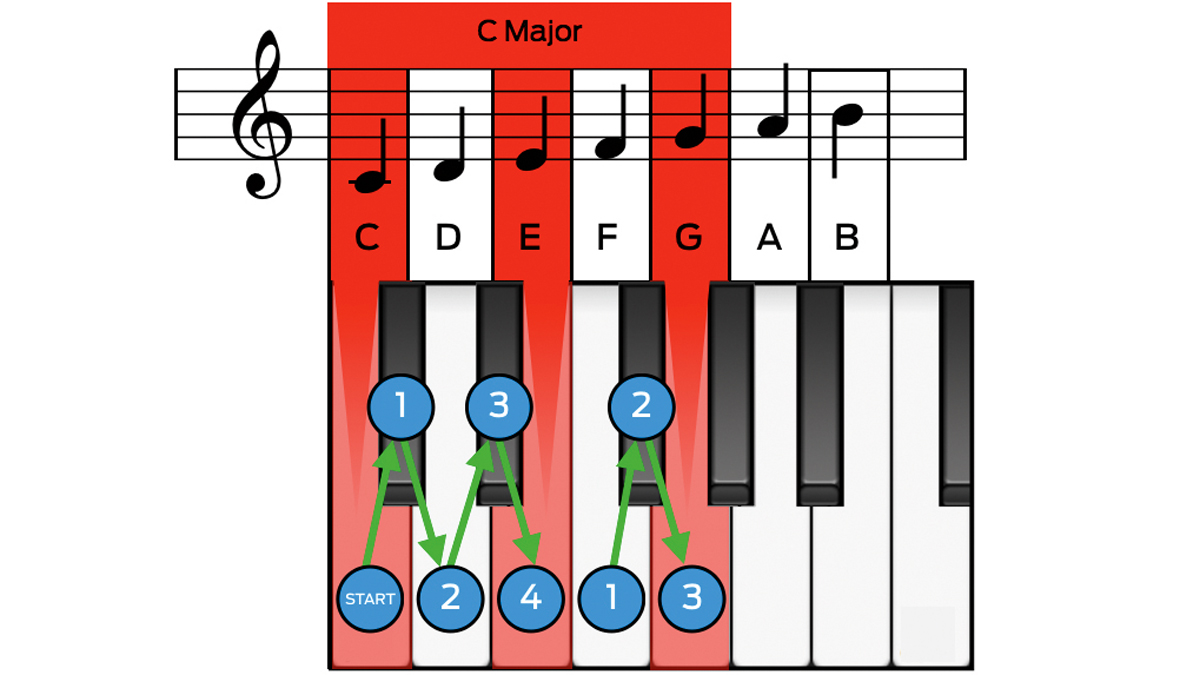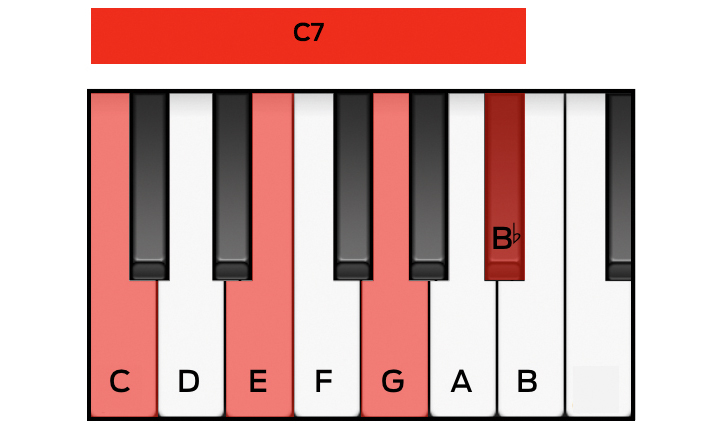Practical music theory: 10 things every songwriter and producer needs to know about chords
From understanding simple triads to deploying extended and diminished chords, this is how it works

It inevitable that, pretty soon into your music production journey, you’ll be using chords. That’s to say that you’ll be playing multiple notes simultaneously - either on a MIDI keyboard or by programming them in your DAW of choice.
What are the different chord types, though, and exactly how do you go about forming them?
We’ve created a 10-step guide to the basics - learn these must-know music theory rules and your composing abilities are likely to receive a massive shot in the arm.
1. Forming basic triads
The common-or-garden basic chord is known as a triad, which contains three notes. To build one, you start on any note of a scale, then add alternate notes from the scale until you have a stack of three.
So, to build C major (C-E-G), for example, you start on the root note of C, skip the next note of the scale (D) to land on E, then skip the next note (F) to land on G. Triads can be major or minor depending on the position of the middle note.
An interval of a major 3rd between the middle note and the root results in a major triad, while if the interval is a minor 3rd, it’s a minor triad. This is why building a triad using notes from the C major scale and starting from D results in a minor chord - Dm (D-F-A) - because the interval between D and F is three semitones, or a minor 3rd.

2. Diminished responsibility
If you take a regular minor triad and lower the 5th by a semitone, you get what’s known as a diminished chord. Because the 5th has been lowered, the interval between it and the root note of the chord is referred to as a diminished 5th, and this has another name - the tritone, so called because it’s an interval of precisely six semitones, or three whole tones. This interval is considered so unstable and unsettling that it was actively feared in the Middle Ages!
Get the MusicRadar Newsletter
Want all the hottest music and gear news, reviews, deals, features and more, direct to your inbox? Sign up here.
Because of this sonic instability, diminished chords sound fairly tense and unnerving in certain contexts, but work really well as passing chords to bridge the gap between a major triad and a minor triad - try Bb - Bo - Cm as an example.
3. Augmented reality
In contrast, augmented chords are formed by taking a standard major triad and raising the 5th by a semitone. So to create C+, for example, you’d start with C major (C-E-G) and raise the 5th (G) up one semitone to G# to end up with C-E-G#.
This results in three evenly-spaced chord tones, each separated by a major 3rd interval (four semitones). As there are 12 notes in an octave, augmented triads are symmetrical, so any of the three notes in the chord can be the root note. Like their diminished cousins, augmented triads also make great passing chords - try C - C+ - F.
4. The 4/3 rule
If you don’t know the notes in the scale you work with, you can work out how to build major or minor triads on any root note with the 4/3 rule.
Find your starting note, count four semitones up the keyboard to find the 3rd, then another three to get to the 5th. So, starting on C, four semitones up is E, then three more gets you to G - voila, a C major triad (C-E-G).
For minor triads, reverse the formula to 3/4 - three semitones up from the root to the 3rd, then four more to the 5th.

5. Suspended animation
A close relative of major and minor triads, suspended chords are great for movement. They’re made by taking the 3rd - the middle note - from a standard triad and moving it up or down by one scale note.
Moving it up makes a sus4 chord, with a perfect 4th interval between the middle note and root, while moving it down to a major 2nd interval above the root makes a sus2 chord. So, C major (C-E-G) played as Csus4 becomes C-F-G, and played as Csus2 becomes C-D-G.

6. Extended abilities
While it’s perfectly acceptable to build a song using basic triads, extending the chords by adding more notes can really help to ramp up the level of sophistication.
To build them up, start with a normal triad, but just keep on skipping and stacking notes from the scale. So, in the case of C major, we’d continue from the 5th (G), skip the next note in the C major scale (A) to land on B for CMaj7 (C-E-G-B), then just keep on going, adding a 9th (D) and 11th (F) to give us CMaj11 (C-E-G-B-D-F).
7. Lucky 13th
The limit of chord extension is the 13th (any more than this and the note-skipping tactic means you just land on the root again). A quick way of working out the 13th interval above the root is to just play the 6th an octave higher - so in the case of C major, to get Cmaj13 we’d play C-E-G-B- D-F-A.
That’s quite a wide spread of notes for anyone’s fingers, so the chord can be ‘voiced’ with some of the higher notes shifted down an octave, making it a bit easier to deal with.
8. Dominant 7th
Used extensively in rock, pop, blues and jazz, the function of the dominant 7th chord is to resolve back to the tonic chord. It’s built by adding a flattened 7th on top of a major triad - C7, for example, is C-E-G-Bb.

9. Polychords
A quick and easy way to form complex chords, polychords are created by combining two regular major or minor triads to make a larger chord. For instance, we can smoosh together a C major triad (C-E-G) and a G major triad (G-B-D) to form Cmaj9 (C-E-G-B-D).
Playing the triads in different inversions (or even separate octaves) can yield even more interesting results. Bear this technique in mind when figuring out chords for your track - experiment by squishing triads together in random combinations until you get something that sounds cool.

10. Diminished 7ths
A diminished 7th is created by adding an extra note onto the top of a diminished triad, three semitones up from the 5th. Therefore, Co7 would be played as C-Eb-GbA.
Interestingly, because diminished 7ths contain four notes that are all separated by equal three-semitone intervals, they span the 12 notes of the octave in a symmetrical pattern. As a result, Co7, Ebo7, Gbo7 and Ao7 are all basically the same chord, sharing the same notes. The same goes for C#o7, Eo7, Go7 and Bbo7, and also Do7, Fo7, Abo7 and Bo7.
Diminished 7ths have a function that’s similar to that of the dominant 7th, which is basically to resolve back to the tonic.
Computer Music magazine is the world’s best selling publication dedicated solely to making great music with your Mac or PC computer. Each issue it brings its lucky readers the best in cutting-edge tutorials, need-to-know, expert software reviews and even all the tools you actually need to make great music today, courtesy of our legendary CM Plugin Suite.










